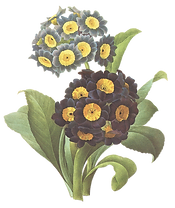
Gansai
If you do any painting with watercolors, you are most likely familiar with Kisshau Gansai or Kuretake Gansai Tambi watercolors. However, you may not know what gansai actually is.
Gansai is the name for traditional Japanese watercolors.
Gansai vs Western watercolor
Watercolors in the western part of the world are made differently than Japanese watercolors. Western watercolors are bound with gum arabic. Japanese Watercolor go through an entire process. They are bound with a combination of many different ingredients that include beeswax, glue, starch, sugar syrup, sugar, gum arabic, and sugar. The gelatin used is from animal and fish skins that have been boiled. Concentrated gelatin is used to make the glue. Once the binder is created, it is then mixed with the pigment and poured into pans. The pigment binder mixture that is poured into square pans is called gansai. The mixture that is poured into circle pans is called teppatsu. The mixture can also be made into crayons.
Gansai characteristics
Gansai is known to be very vibrant in color. They are more vibrant than traditional western watercolors. Due to the fact that these watercolors are traditionally used on Japanese paper, they are more opaque than transparent. The gansai colors were created for painting landscapes and other picturesque scenes. Their colors tend to match those found in nature. They give off a sense of peace and calm when viewed because they are not overly saturated with color. Gansai colors do not come with a mixing palette because they are not intended to be mixed. The colors could become muddy and lose their appeal. They are often compared to western paints, but they are nothing like western watercolors.


